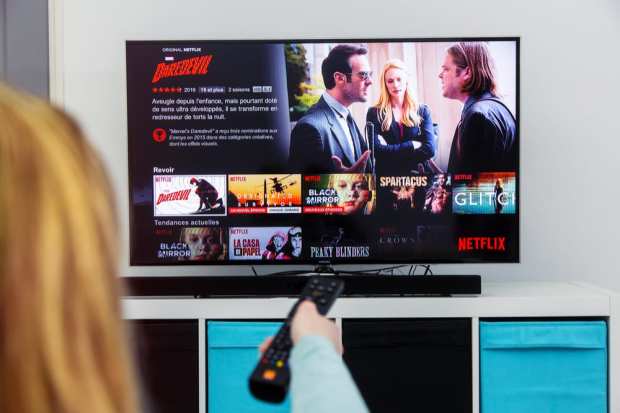Deep Dive: Digital Services And Their Impact

 From getting an entertainment fix on Netflix and finding new artists on Spotify to making the commute to work with Lyft, consumers are gradually turning to digital services to fill their personal needs.
From getting an entertainment fix on Netflix and finding new artists on Spotify to making the commute to work with Lyft, consumers are gradually turning to digital services to fill their personal needs.
That spike in digital offerings has come with increased competition, though. Card volume for on-demand, live-streamed and game or software content increased by 35 percent between 2017 and 2018, according to a First Data SpendTrend report. Regular retail experienced just 14 percent growth year-over-year, suggesting on-demand is fast emerging as a developing segment for digital commerce brands. Overall, transactions for digital goods and services are growing at 45 percent, according to FDC estimates, with on-demand services, games and software two of the fastest areas for this growth.
Customers are not only becoming more comfortable with viewing content from on-demand and streaming services, but also actively paying for it. Spending on digital goods and services is responsible for $90 billion in U.S. TPV, or about 20 percent of online retailing, according to FDC estimates. This is essential to keep in mind as providers compete with both online content platforms — like the ever-present Netflix — and those like YouTube, which has long relied on a “freemium” model to capture users and boost subscriptions. The key to success is making the payment as frictionless as possible.
Consumers’ attachment to their smartphones means they more frequently turn to mobile devices for content instead of larger screens. Most ads are now viewed on smartphones rather than laptops, tablets or TVs, according to a Comcast report, and 60 percent came from smartphones in Q4 2018 compared to 44 percent the year before. The study found online ad views rose by 26 percent in this same period.
Consumers are also showing interest in streaming all types of content, from live events to on-demand shows. This makes streaming a key focus area for advertisers as traditional channel viewing wanes. Ad views for live-streamed content account for 33 percent of total views, up from 23 percent in 2017. This suggests that more customers are turning to digital platforms for live programming. Notably, certain platforms — like Netflix — still don’t have ads, a hotly debated topic as the firm continues to fiddle with its business model.
Viewers now expect more on-demand and streaming options, too. Platforms like Netflix, Hulu and HBO still boast large viewership, but are beginning to allow other providers to share their content on outside streaming platforms. This strategy allows consumers to find the content they crave through a variety of outlets, while also enabling subscription services like Netflix to capitalize on licensing fees.
Even legacy television providers are muscling into the on-demand arena, with NBC Universal looking to launch its own ad-supported streaming platform in early 2020. The Comcast subsidiary has access to a large pool of content, including shows that appear on Hulu — in which Comcast has a 30 percent stake. The service will also provide users a tiered ad or ad-free approach, like YouTube’s own free versus paid offerings, with the ad-free option presumably more expensive.
As on-demand’s popularity grows and customers begin to change how they interact with such platforms, businesses and streaming service providers seem to be rethinking their content approaches.
Some companies, like Samsung, are using their resources and infrastructure to quickly capitalize on the niche’s growth. The technology firm has announced it is launching its own platform in the Middle East and North Africa (MENA), a region currently seeing high on-demand content growth. Revenues totaled $523 million there in 2018, a 21 percent increase over 2017 figures. Samsung will be working with three established local providers to break into the market, rather than crafting its own platform from scratch.
Other providers are starting over as on-demand content becomes more difficult to produce, market and maintain. Many are having a tough time adapting to the segment’s rise, including those that originally saw success with the model.
AT&T supports the DirecTV on-demand service, for example, but is now considering selling the platform despite initially using it to grow usership. The telecommunications company would create another streaming service following said sale, offering on-demand content from HBO, Warner Bros. and Turner and effectively rendering the DirecTV platform obsolete.
It’s clear the on-demand space is growing to encompass the digital content with which users interact. What’s less clear is which providers will be able to evolve and maintain the highest usership, particularly in a world that sees customers only getting more, well, demanding.
One thing is certain, the winners in the market for on-demand services will make payments seamless, frictionless and global so that they completely fade into the background of the overall experience.
